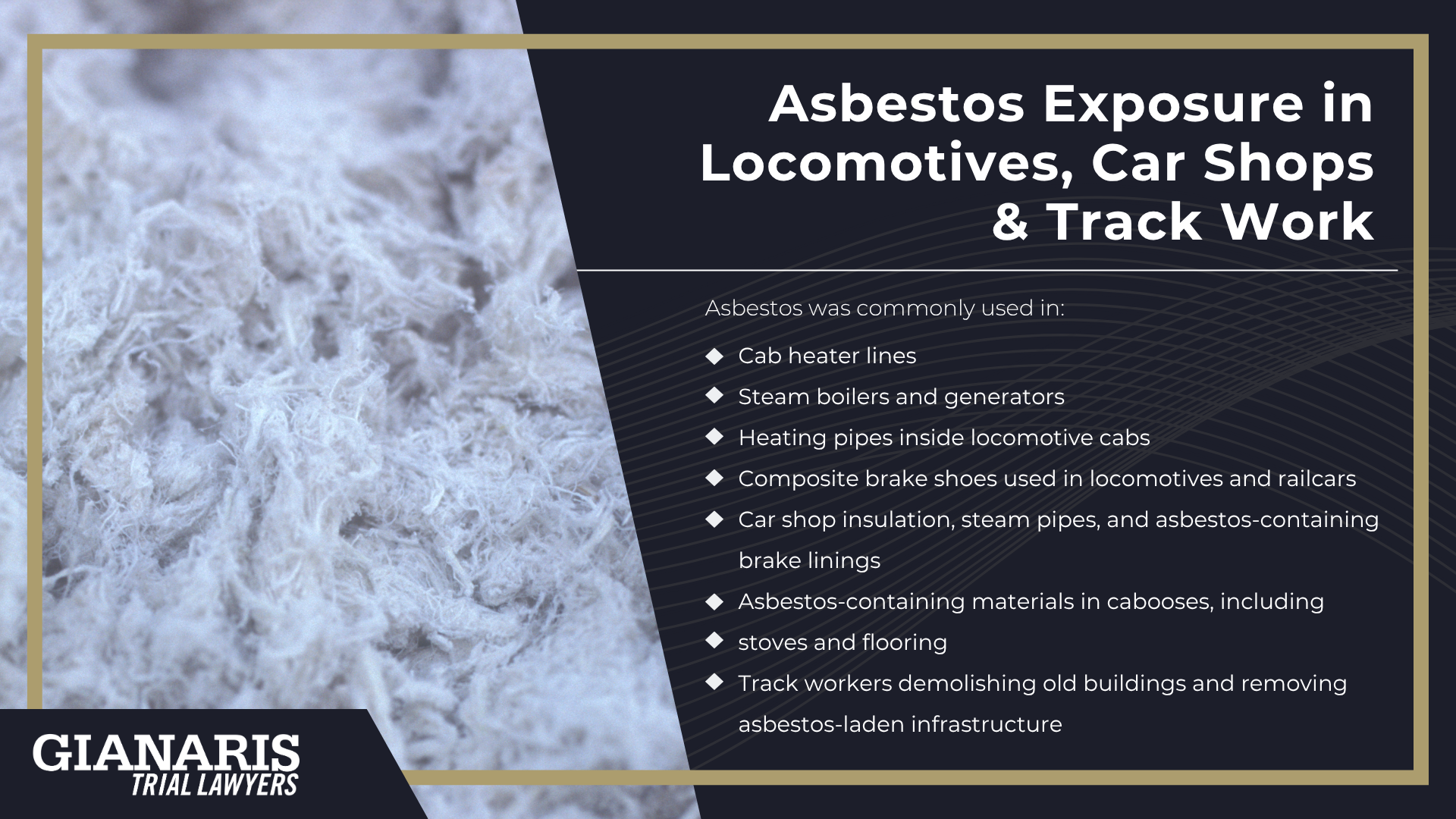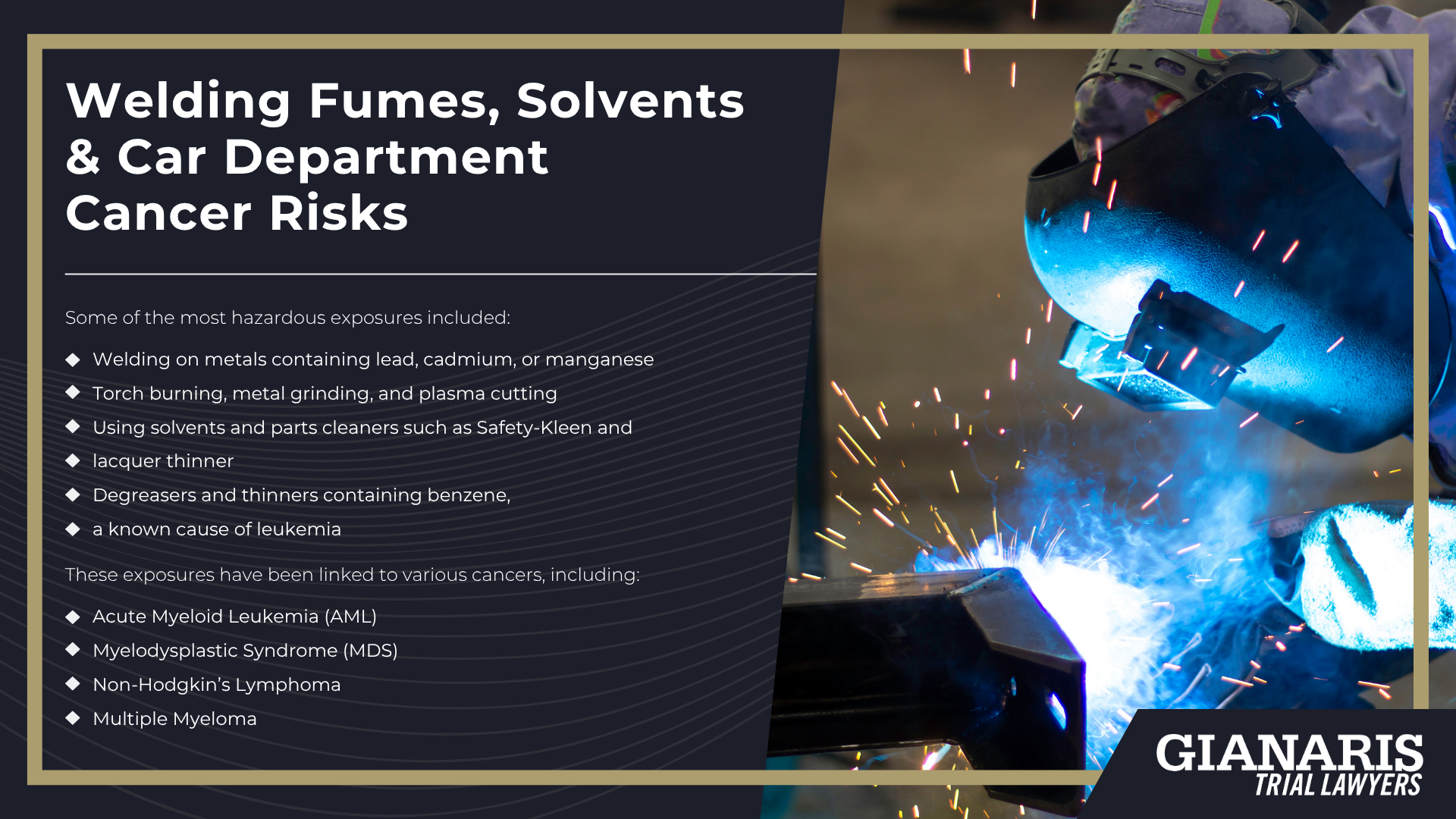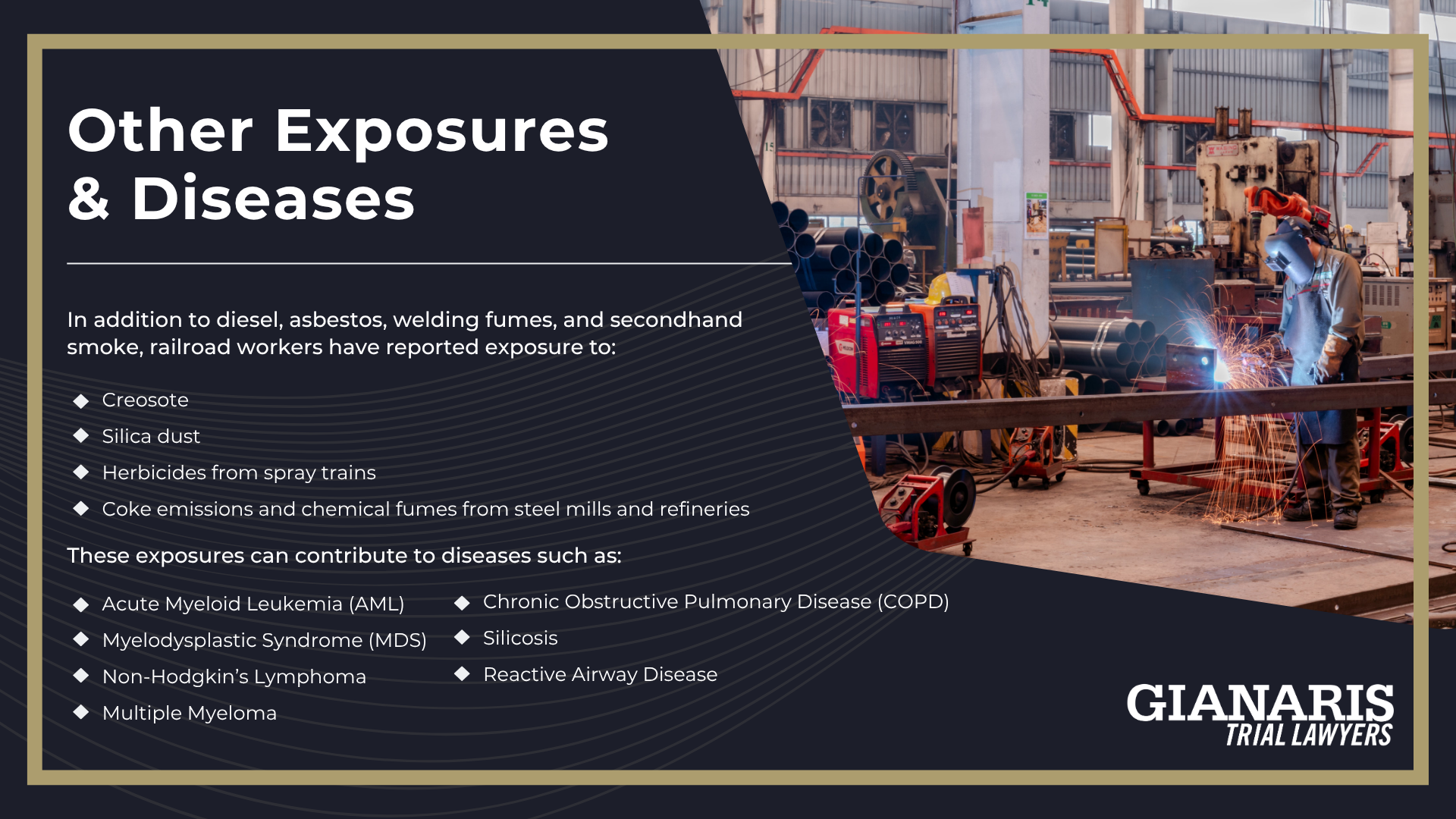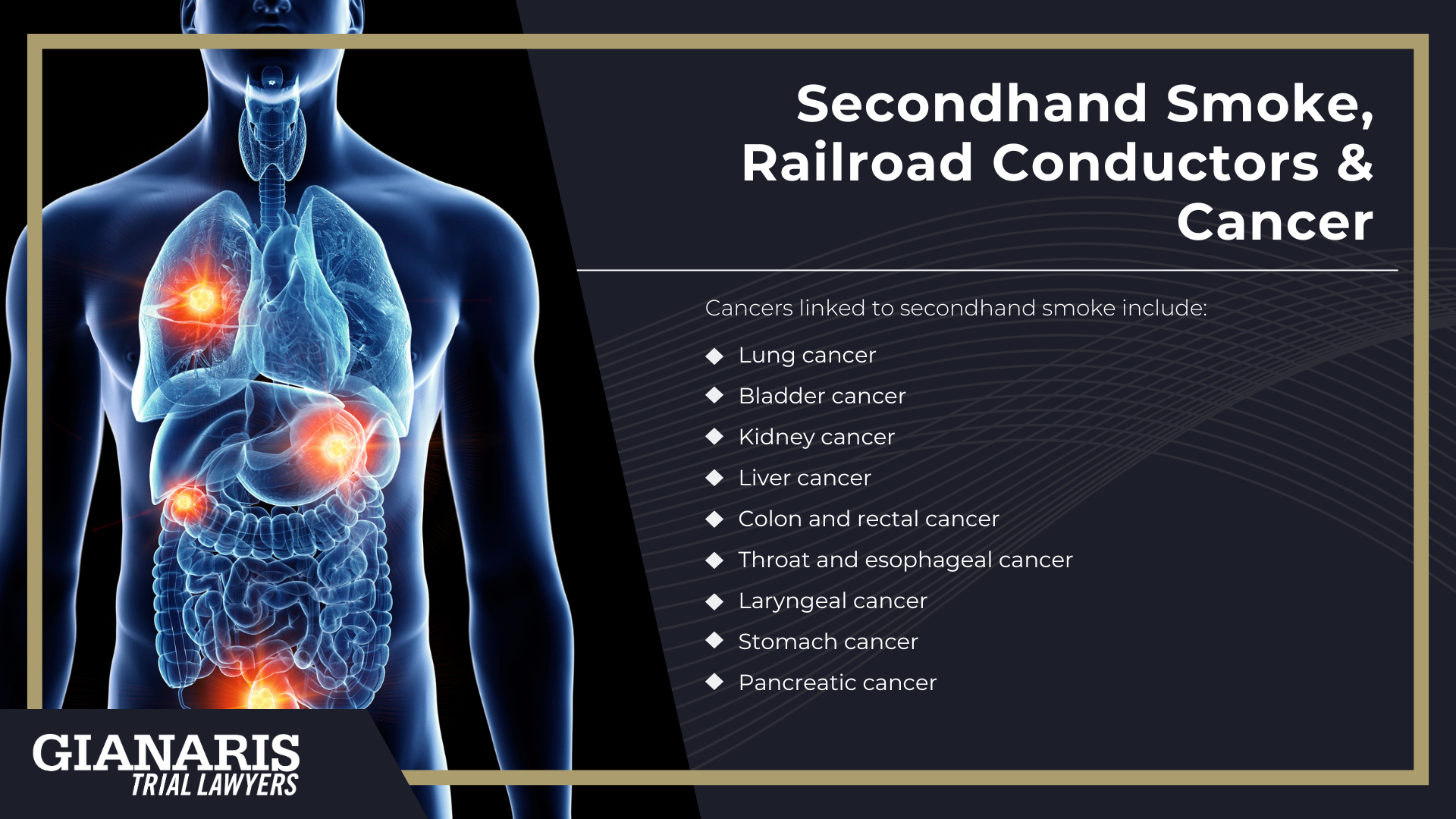Exposure to diesel exhaust has been a daily reality for many railroad employees.

Common sources of diesel exposure include:
- Deadheading on trailing locomotives
- Running long-nose forward
- Traveling through tunnels with poor ventilation
- Working on outdated locomotives that leak exhaust into cabs
- Operating diesel-powered equipment inside car shops, such as forklifts, cranes, and torpedo heaters
- Track and engineering department personnel working in enclosed spaces, such as tunnels and buildings
Many engineers and brakemen carried duct tape to seal cracks in floors, walls, and windows to keep exhaust out of the cab. However, these makeshift solutions were not enough to prevent chronic exposure.
A retired engineer put it best:“A 4000-horsepower locomotive burns 240 gallons of fuel an hour at full load. The equipment blower forces polluted air into the cab, where the crew sits for 10-plus hours a day breathing dirty air. Management doesn’t care.”
Diesel Exhaust & Cancer Risks
According to the World Health Organization, diesel exhaust is a known lung carcinogen.

Experts have also linked diesel exposure to:
- Lung cancer
- Bladder cancer
- Laryngeal cancer
- Throat cancer
- Stomach cancer
- Colorectal cancer
- Kidney cancer








